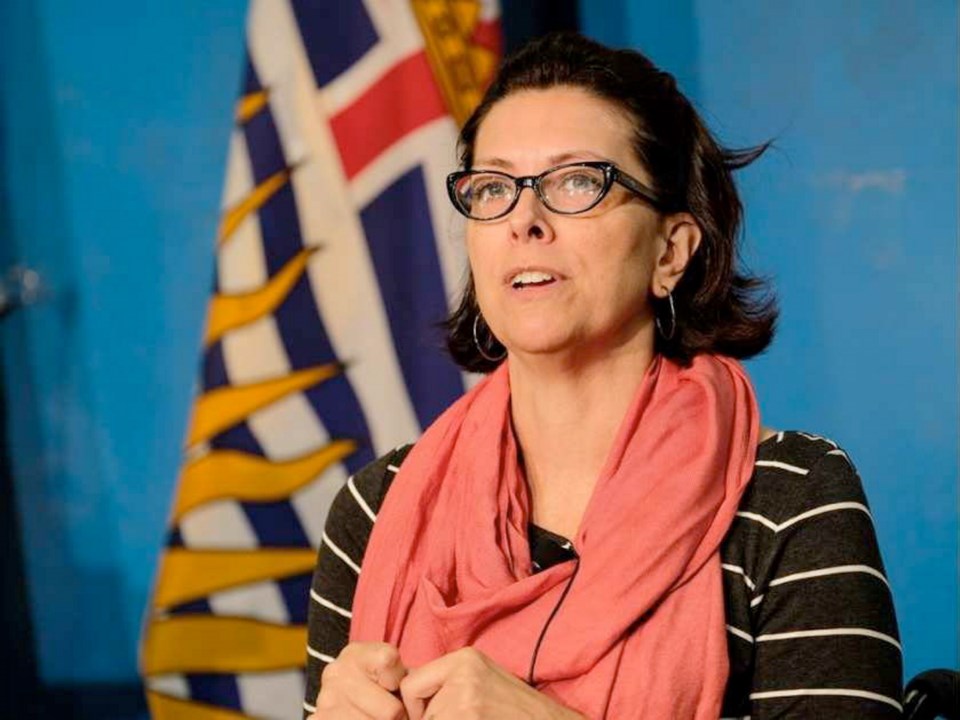British Columbia has the second-worst poverty rate in the country despite the province’s wealth and the government’s vaunted jobs plan, a new report says.
The Canadian Centre for Policy Alternatives, which co-published the 44-page report, found that B.C.’s poverty rate has changed little since 2008, when community groups began calling for a poverty-reduction plan.
“Back then, half the provinces in Canada had started to move on a poverty-reduction plan,” said Seth Klein, the report’s co-author and B.C. director of the left-leaning research group.
“Now, we stand alone without movement on a plan, and we have nothing to show for it.”
The report, Long Overdue: Why B.C. Needs a Poverty Reduction Plan, pegs the province’s poverty rate at 13.2 per cent in 2014. It uses the market basket measure, which is based on the cost of a modest “basket” of essential goods and services such as food, clothing, shelter, and transportation. A family is considered low income if it is unable to afford this basket of goods.
By that measure, only Nova Scotia had a higher poverty rate at 14.8 per cent.
Stephanie Cadieux, B.C.’s minister of children and family development, was unavailable for comment, but issued a brief statement reiterating the government’s long-standing response to calls for an anti-poverty plan.
“The B.C. government believes there are two key ways to address poverty — by growing the economy and creating jobs and by providing targeted supports for the individuals and families who need them most,” she said. “We have been doing both.
“A legislated poverty-reduction plan does not guarantee success in reducing poverty. In fact, all provinces with poverty-reduction plans have higher unemployment rates than B.C. — our rate of 5.8 per cent in December was the lowest in Canada.”
But the report, published in conjunction with the United Way of the Lower Mainland and the B.C. Poverty Reduction Coalition, concludes that the B.C. Liberals’ strategy has failed on all fronts.
“The poverty numbers speak for themselves,” Klein said. “There’s been no progress, and measures of extreme poverty — like homeless and food bank usage — are going up.”
The report shows that a large number of the province’s poor are in low-paying jobs, he said.
“It is a common misconception that the poor are mostly on social assistance,” the report states. “Our research shows that about half of those living below the poverty line are either the working poor or children of the working poor.”
Klein argues that the job strategy has failed because of the inequality that exists in B.C. “When a quarter of working British Columbians are making less than $15 an hour, that approach doesn’t work. You need a comprehensive plan.”
The report calls for legislated targets and timelines by which the government can be held to account. A poverty-reduction plan would include measures to:
• Raise welfare and disability rates and index them to inflation.
• Increase the minimum wage to $15 an hour and index it to inflation.
• Build 10,000 new social and co-op housing units annually.
• Adopt a $10-a-day child care plan, including free child care for people earning less than $40,000.
The report estimates that lifting all British Columbians above the poverty line in 2014 would have cost $5.8 billion — 2.4 per cent of the province’s gross domestic product.



